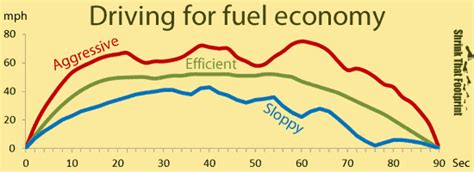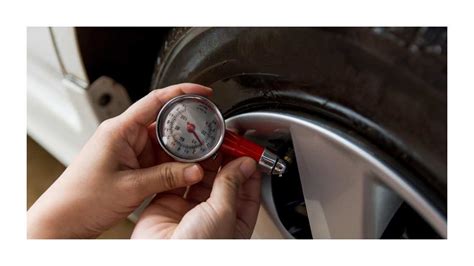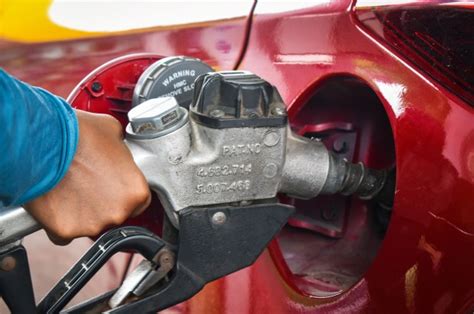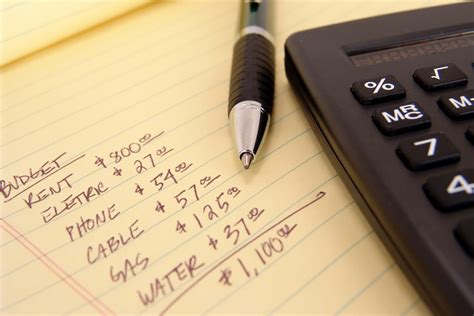In the quest for better fuel economy, many drivers overlook one of the easiest and most impactful adjustments they can make: maintaining optimal tire pressure. Correctly inflated tires not only save you money at the pump but also enhance vehicle safety and prolong the life of your tires. Let’s delve into why tire pressure matters and how to keep yours just right.
The Science Behind Tire Pressure and Fuel Economy
The primary way tire pressure influences fuel economy is through rolling resistance. When your tires are underinflated, more of their surface area comes into contact with the road. This increased contact causes greater friction, known as rolling resistance. Your engine has to work harder to overcome this resistance, leading to increased fuel consumption.
Think of it like pushing a shopping cart with flat tires versus one with properly inflated tires – the latter is significantly easier to move. The same principle applies to your car. Industry studies have shown that for every 1 PSI (pound per square inch) drop in tire pressure across all four tires, fuel efficiency can decrease by approximately 0.2%.

Finding Your Vehicle’s Optimal Tire Pressure
It’s crucial to understand that the ‘optimal’ tire pressure is not a universal number and should never be confused with the maximum pressure stamped on the tire’s sidewall. The correct tire pressure for your vehicle is specified by the manufacturer. You can usually find this information on a sticker located on the driver’s side door jamb, inside the glove compartment, or in your vehicle’s owner’s manual.
This recommended pressure is for cold tires, meaning before you’ve driven the car or after it has been stationary for at least three hours. Driving heats up tires, which increases their internal pressure, so always check them when they are cold for an accurate reading.
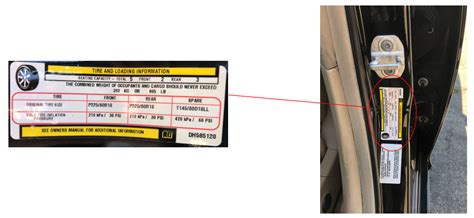
The Perils of Under-Inflation
Beyond reducing fuel economy, under-inflated tires pose several risks:
- Increased Tire Wear: The outer edges (shoulders) of under-inflated tires wear out much faster, shortening tire life.
- Reduced Handling and Braking: Soft tires can compromise steering response and increase braking distances, making your car less safe to drive.
- Heat Buildup and Blowouts: Excessive flexing of under-inflated tires generates heat, which can lead to tread separation or a dangerous blowout, especially at highway speeds.
The Truth About Over-Inflation
While some drivers might be tempted to over-inflate their tires in pursuit of even better fuel economy, this practice comes with its own set of dangers and drawbacks:
- Reduced Traction: Over-inflated tires have a smaller contact patch with the road, leading to less grip and potentially poorer handling, especially in wet conditions.
- Harsher Ride: The tire’s ability to absorb road imperfections is reduced, resulting in a less comfortable ride.
- Uneven Wear: Over-inflation causes the center of the tire’s tread to wear out prematurely, again shortening tire life.
- Increased Risk of Damage: Stiffer tires are more susceptible to damage from potholes and road debris.
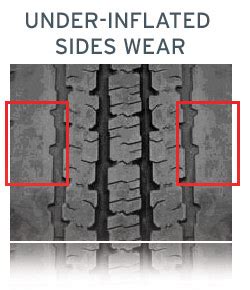
How to Check and Maintain Your Tires Correctly
Checking your tire pressure is a simple, quick task that should be part of your regular vehicle maintenance:
- Frequency: Check your tires at least once a month and always before long trips.
- Tools: Use a reliable tire pressure gauge. Digital gauges are generally more accurate than pencil-style gauges.
- Procedure: Unscrew the valve cap, press the gauge firmly onto the valve stem, read the pressure, and then replace the valve cap. If the pressure is low, add air until it matches the manufacturer’s recommendation. If it’s too high, release air by pressing the pin inside the valve stem until it’s correct.
- Don’t Forget the Spare: If your vehicle has a spare tire, check its pressure as well. Nothing’s worse than needing a spare only to find it’s flat.
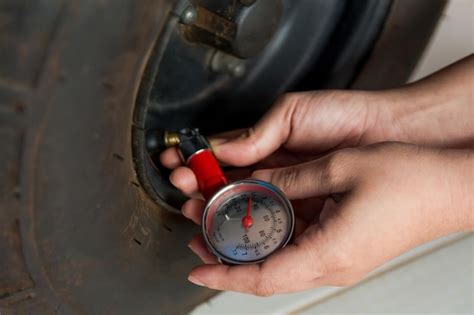
Beyond Tire Pressure: A Holistic Approach to Fuel Efficiency
While optimal tire pressure is a fantastic starting point, remember it’s one piece of a larger puzzle. To maximize your fuel economy, also consider:
- Driving Habits: Smooth acceleration and braking, avoiding excessive speeding, and using cruise control on highways can significantly improve MPG.
- Regular Maintenance: Keeping your engine tuned, changing oil regularly, and replacing air filters ensures your vehicle runs efficiently.
- Weight Reduction: Avoid carrying unnecessary weight in your trunk or back seat.
- Aerodynamics: Remove roof racks or cargo boxes when not in use, as they create drag.
In conclusion, maintaining optimal tire pressure is a remarkably simple yet powerful way to improve your vehicle’s fuel economy, enhance safety, and extend tire life. Make it a regular habit, and you’ll not only save money but also contribute to a safer, more efficient driving experience for everyone on the road.
